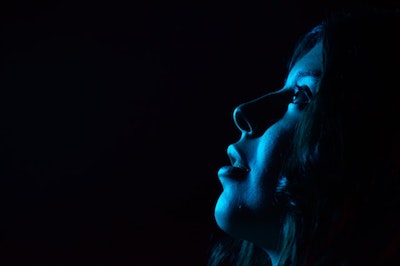This study shows a novel method to decrease systolic blood pressure. During this study, published in the 
To assess the impact, participants’ blood pressure, stiffness of arteries, blood vessel dilation and blood plasma levels of nitric oxide stores were measured before, during, and up to two hours after irradiation with both lights.
Researchers discovered that exposure to whole-body blue light significantly reduced the systolic blood pressure of participants by almost 8 mmHg, compared to the control light which had no impact. The reduction of blood pressure from blue light is similar to what is seen in clinical trials with blood pressure lowering drugs.
More About Blue Light’s Ability to Decrease Blood Pressure
Besides blood pressure lowering effects, it was also uncovered that exposure to blue light improved other cardiovascular risk markers including reduction of arterial stiffness and increasing blood vessel relaxation. This further supports that light could be used to prevent cardiovascular disease, which kills over 150,000 people in the UK every year.
Exposure to blue light provides an innovative method to precisely control blood pressure without drugs. Wearable blue light sources could make continued exposure to light possible and practical. This would be particularly helpful to those whose blood pressure is not easily controlled by medication, such as older people.” ~ Christian Heiss, Professor of Cardiovascular Medicine at the University of Surrey and NHS consultant
Researchers also found that exposure to blue light increased levels of nitric oxide which is an important signalling molecular that protects the cardiovascular system. It is believed that blue light releases from the skin into the blood stream where it relaxes the blood vessels, increasing blood flow and decreasing blood pressure.
Conclusion/ Blue-light exposure significantly decreased systolic blood pressure and increased heart rate as compared to control. In parallel, blue light significantly increased forearm blood flow, flow-mediated dilation, circulating nitric oxide species and nitroso compounds while it decreased forearm vascular resistance and pulse wave velocity. Whole-body irradiation with visible blue light at real world doses improves blood pressure, endothelial function and arterial stiffness by nitric oxide released from photolabile intracutanous nitric oxide metabolites into circulating blood.





